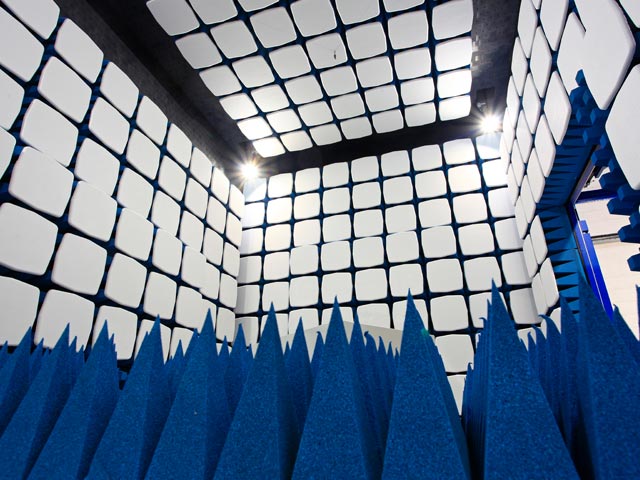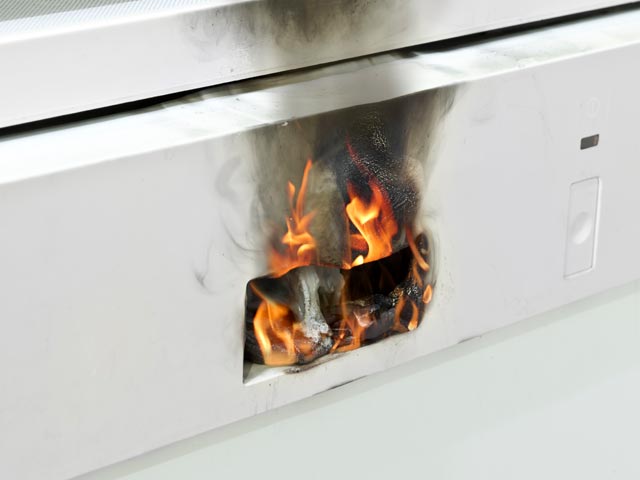Why Is There a Lack of EMC Harmonized Standards

By Engaged Expert
Steve Hayes
Harmonized standards are those that have been published in the Official Journal of the European Union (OJEU) for a specific European directive. They provide manufacturers with a presumption of conformity against the directive should their product be compliant to them.
To the frustration of many manufacturers, the rate of listed EMC harmonized standards has dried up, resulting in very few new EMC standards being published in the OJEU and a lack of uncertainty on which standards to apply to their products. This paper explores the issues for manufacturers and presents some options.
What's the Issue with Standards?
On the whole, EMC standards are written by International bodies such as the International Electrotechnical Commission (IEC) or International Standards Organisation (ISO). When these standards are voted upon, the corresponding European standards organisations (CEN and CENELEC) count the European votes and there is a positive vote to offer one as a harmonized standard, additional annexes are added to highlight the connection between the standard and the essential requirements that it fulfills of the corresponding directive. Once this is done, the revised standard is sent to the Commission for publishing in the OJEU.
It could be argued that manufacturers have relied too heavily on harmonized standards, neglecting their other responsibilities (such as performing a risk assessment of their product against the phenomena covered by the directive) and the essential requirements of the directive. It is the law to comply with the essential requirements. Harmonized standards are voluntary and just a convenient way of meeting certain legal obligations.
Effect of James Elliot Case
In recent years there has been criticism by the European Court of Justice regarding the process described above in terms of the standards process. This stems from a very unfortunate incident regarding another CE Marking Directive (construction products) (Case C-613/14, James Elliot Construction Ltd v Irish Asphalt Limited). The conclusion of this legal case highlighted that the European Commission write the Law, then effectively sub-contract out all the technical requirements and place this responsibility in the hands of independent standards bodies who have no legal background or mandate to write standards in this way.
As a result, there needs to be greater emphasis of the Annexes written by the likes of CEN/CENELC in the front of candidate harmonized standards that defines much more clearly which test, method and limit provide a presumption of conformity to which essential requirement of the directive.
How Does This Affect the Standards?
虽然解决了解艾略特案件所识别的问题的过程可能似乎是直截了当的,但EMC问题要复杂得多。法律要求不能含糊不清,但这是EMC免疫测试和具有不同性能评估的评估的世界,这可以变化和非常主观。
Take the performance criteria that is defined in virtually all EMC standards regarding the expected (or allowed) performance in the presence of disturbing signals. Manufacturers, test labs and conformity assessment bodies have all been applying a very generic interpretation on what is meant by performance criteria A, B and C. This is due to a generic statement in the standards that typically says ‘product is/isn’t allowed degrade in performance below a level defined by the manufacturer and what a user may reasonable expect’.
Quite clearly this type of statement leads to the possibility of different interpretation from one test lab or manufacturer to another and does not provide the certainty that the legal interpretation requires.
Imagine a manufacturer of an Ethernet router as an example. The sales brochure may advertise it having a data rate of 1GB/s. Operating in the presence of an interfering signal (simulating an intentional transmitter), the data rate may drop – this is often the case from experience during radiated immunity testing. One manufacturer may decide that as their product is advertised has having a 1GB/s data rate, this should be maintained under all conditions. Equally another manufacturer may decide that the source of the interference will be mobile and transitory, and therefore its quite acceptable that the data rate cold drop to 500MB/s as along as it recovers to the original performance when the interferer is removed.
Clearly in the example above this type of information is not presented to the consumer to make an informed decision on what product to purchase and is left to suffer with poor performance throughout the life of the product if they choose wrongly.
There needs to be greater emphasis of the Annexes... in the front of candidate harmonized standards that defines much more clearly which test, method and limit provide a presumption of conformity to which essential requirement of the directive
Steve Hayes
What Does the Future Hold?
The Commission now wants to correct these wide ranging interpretations of ‘acceptable performance’ and is looking to remove the generic performance statements from all harmonized standards. Whilst the intention may be honorable for the Commission and desirable for all consumers, changing the standards to reflect this would be complex, expensive and very time-consuming.
Since many standards are written by international committees, if the European Commission wants to change the performance criteria in all EMC standards they will differ from the international ones, causing administrative challenges for manufacturers to keeping up to date with twice as many standards. Equally changing an international standard to meet the needs of a European market will take many years, if at all, and may result in applying two different sets of performance criteria.
As a result the Commission and the standards bodies are discussing and negotiating what to do. At the same time, the world is moving on and manufacturers continue to approve and ship product – so how is this being achieved?
Quite simply, the directive does not state that harmonized standards must be used – it simply states that a presumption of conformity is provided if a product meets a harmonized standard, meaning that there are alternative route to conformity.
A manufacturer needs to do a little more work (risk analysis), but in essence if a standard has been approved and published as either a European or International standard, then a consensus has been reached and the standard is likely to be considered as ‘state of the art’. Assuming that the standard covers the phenomena of the directive, then the risk analysis can be used to justify why this new standard(s) has been used, and why the essential requirements of the directive has been met.
Conclusions
It would appear that the intention of the Commission to improve and tighten up the interpretations of harmonized standards may actually have completely the opposite effect. Manufacturers need immediate solutions to get their products to market, and cannot wait for lawmakers to convince the standards world to modify their standards, for what many see as just a European issue.
Manufacturers will work their way through the law and take action to ensure that what they have done is legal and technically correct, turning their back on the harmonized standards route to conformity. Once this is process is established, there will be no need to revert back to the old way of doing things and the reliance on the OJEU will disappear.
Through its network of engaged experts and advisory services, Element provides advice and guidance regarding the route to conformity for the EMC and many other Directives and Regulations. It should be noted that whilst the information described herein relates to EMC, other routes to conformity such as Type-Examination through its Notified Body are also available. Some directives, such as the Radio Equipment Directive (RED), mandate the use of a Notified Body where there are no harmonized standards.
View more articles aboutMore Sectors
Find related articles to you through theNucleus






